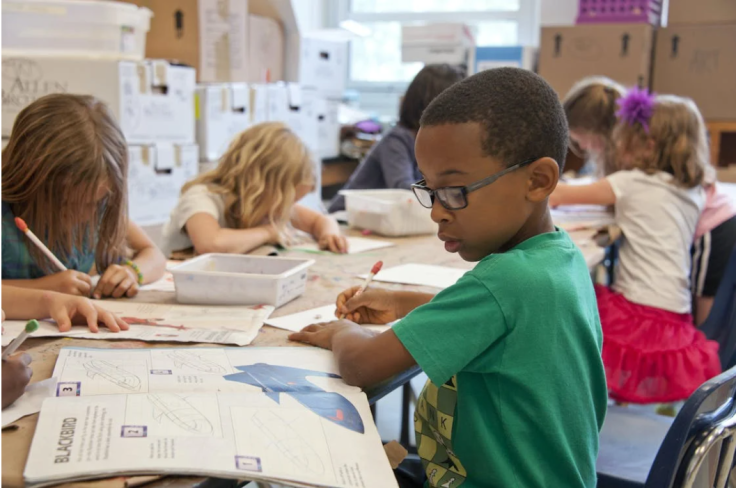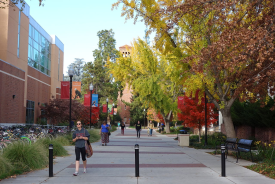In an age where information pervades our lives, the battle against fake news takes center stage. California schools, recognizing the pressing need for media literacy education, are stepping up efforts to equip students with the tools to navigate the digital landscape responsibly. What exactly are the initiatives, challenges, and potential impact of media literacy education in California?

Ever-Rising Tide of Fake News
As misinformation becomes increasingly pervasive, California schools are acknowledging the urgency of addressing the challenges posed by fake news. The state, known for its innovation and progressive policies, is taking a proactive stance by integrating media literacy into the curriculum. The aim is not just to combat the immediate threat of misinformation but to foster a generation of critical thinkers who can discern fact from fiction in an era where truth is often elusive.
California's move to incorporate media literacy into the educational framework signals a paradigm shift. Schools are not only focusing on traditional subjects but are also recognizing the importance of teaching students how to navigate the vast sea of information available online. From deciphering the credibility of sources to understanding the subtle nuances of bias, the curriculum overhaul aims to empower students with the skills necessary for responsible information consumption.
Challenges on the Horizon of Navigating Media Literacy Education
While the intent behind integrating media literacy education is commendable, it comes with its own set of challenges. Educators are tasked with navigating a constantly evolving digital landscape, where new forms of misinformation emerge regularly. Striking a balance between providing comprehensive knowledge and ensuring that the curriculum remain adaptable to emerging trends poses a significant challenge.
Technology is a primary driver of the information age and plays a dual role in the quest for media literacy. While it facilitates access to a wealth of information, it also amplifies the spread of misinformation. California schools are confronted with the task of leveraging technology to teach media literacy effectively, emphasizing critical thinking skills and digital responsibility in the face of ever-evolving online platforms.
Recognizing the dynamic nature of media literacy, California schools are investing in the professional development of educators. Equipping teachers with the knowledge and tools to effectively convey the nuances of media literacy is crucial. By fostering a continuous learning environment, schools aim to create a cadre of educators capable of navigating the complexities of the digital information landscape alongside their students.
Assessing the Impact of Media Literacy Education
As California schools embark on this journey of integrating media literacy into their educational fabric, the question arises: how will success be measured? Evaluating the impact of media literacy education extends beyond conventional academic metrics. Success lies in students' ability to critically evaluate information, discern bias, and engage in informed discussions. California's education system is poised to assess success not just through standardized tests but through the cultivation of a generation adept at navigating the intricate web of information that defines their daily lives.
In confronting the challenges posed by fake news, California schools are taking a proactive stance, recognizing the necessity of media literacy education. The initiatives undertaken signify a commitment to nurturing not just academically proficient students but critical thinkers equipped to navigate the complexities of the digital age. As California pioneers this path, the nation watches, recognizing the importance of instilling media literacy as a cornerstone of education in an era where the ability to discern truth from falsehood is an essential life skill.
RELATED ARTICLE: Research Fraud Committed By More Than 1,000 Authors; List Of Highly Cited Researchers Trimmed
© 2025 University Herald, All rights reserved. Do not reproduce without permission.








